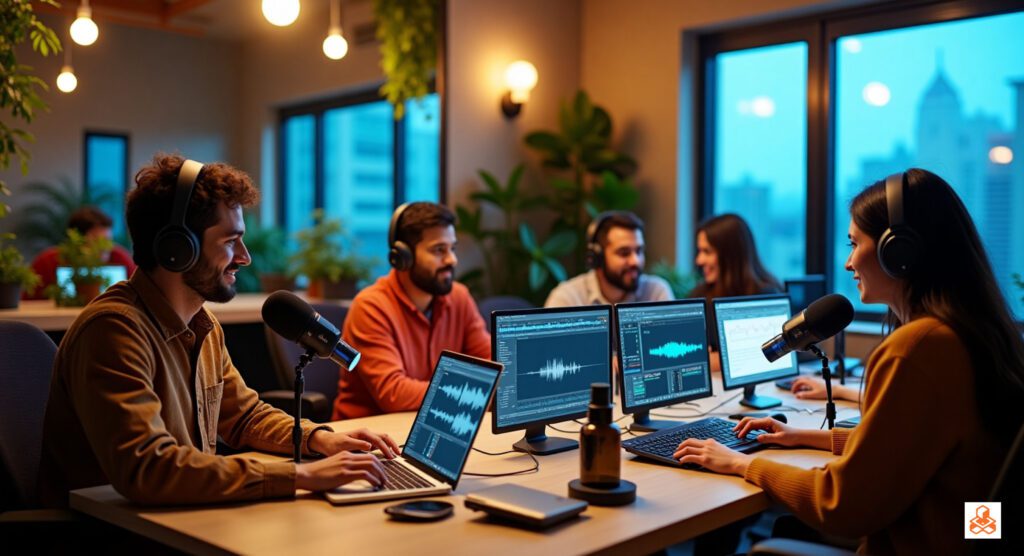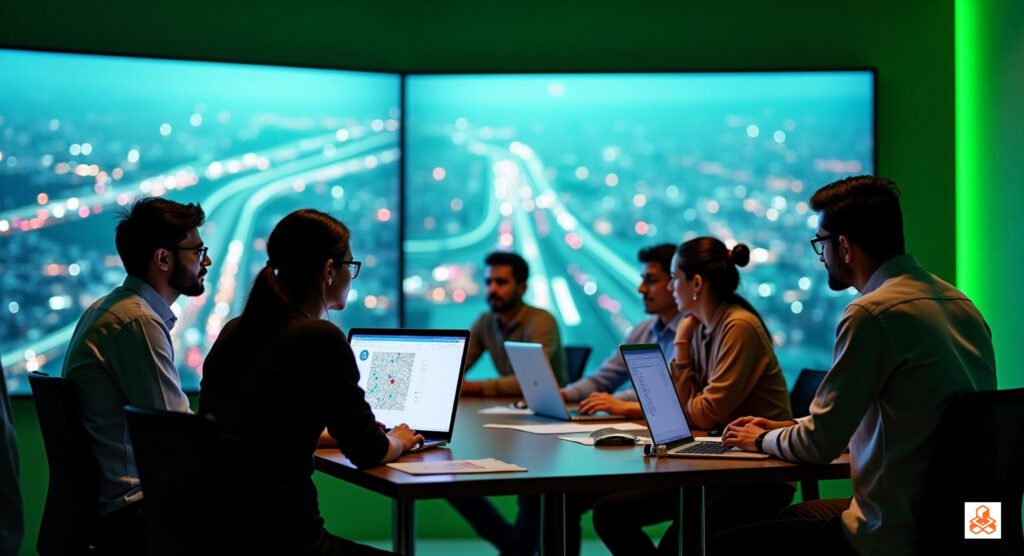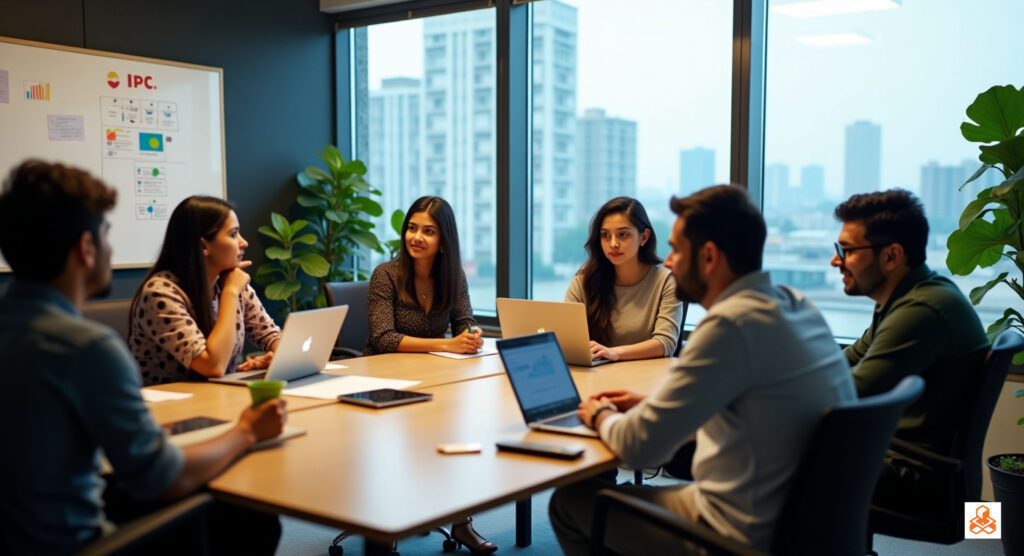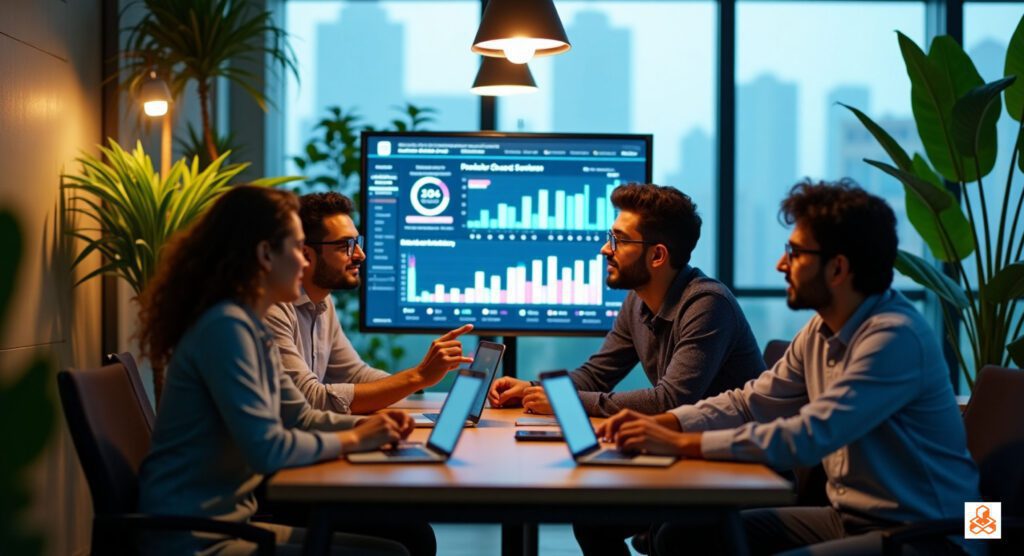In 2025, blockchain technology is no longer just for tech experts—it’s empowering everyday users across India, from students in Bengaluru to small business owners in Jaipur. With India’s $150 billion fintech sector (Inc42, 2024) handling 50% of global UPI transactions (NPCI, 2024) and 60.1% of the population digitally included (RBI, 2024), blockchain offers secure, transparent, and accessible solutions for payments, identity verification, and more. Supported by 100,000 startups (MSME Ministry, 2024) and aligned with India’s Digital India initiative and 3,500 IGBC-certified green projects (FICCI, 2024), blockchain is transforming daily life for 63 million MSMEs and millions of users.
Why Blockchain Matters for Everyday Users in 2025

Blockchain is a decentralized, secure digital ledger that records transactions transparently across multiple computers. In India, where 6 million people use the Digital Rupee (Atlantic Council, 2025) and 23,158 cyber incidents were reported in 2023 (CNBC TV18, 2024), blockchain ensures trust, reduces fraud, and cuts costs by eliminating middlemen. With a 6.5% GDP growth rate (UJA, 2025) and a 45% annual growth in India’s blockchain market (Economic Times, 2024), everyday users—students, shoppers, farmers, and entrepreneurs—benefit from faster payments, secure data, and simplified processes. Blockchain’s user-friendly applications make it accessible for India’s 70% trust-focused digital consumers (Knight Frank, 2024).
As a blockchain expert, I’ve helped businesses and individuals adopt this technology. This guide explores seven practical blockchain applications for everyday users in India, with actionable tips to get started.
Blockchain Applications for Everyday Users
1. Secure Digital Payments
Blockchain powers fast, low-cost payments like UPI and the Digital Rupee, reducing fees by 80% compared to traditional banking (NPCI, 2024). Apps like CoinDCX (free to download, CoinDCX, 2025) let users in Mumbai send crypto or digital rupees securely.
Actionable Tip: Try CoinDCX at coindcx.com for easy digital payments.
2. Digital Identity Verification
Blockchain-based digital IDs, like those piloted by NITI Aayog, secure personal data for 60.1% of digital users (RBI, 2024). In Delhi, these IDs streamline KYC for banking, reducing fraud risks after 23,158 cyber incidents (CNBC TV18, 2024).
Actionable Tip: Explore digital ID pilots at niti.gov.in.
3. Supply Chain Transparency
Blockchain tracks goods from farm to store, ensuring authenticity for India’s $1 trillion e-commerce market (Economic Times, 2024). In Chennai, platforms like IBM Food Trust (₹10,000/month, IBM, 2025) let consumers verify organic produce origins.
Actionable Tip: Check supply chain tools at ibm.com/blockchain.
4. Peer-to-Peer Lending
Blockchain platforms like Aave (free to join, Aave, 2025) enable direct lending, cutting bank fees by 50% for 63 million MSMEs (MSME Ministry, 2024). In Pune, small businesses access loans via decentralized apps (dApps), boosting financial inclusion.
Actionable Tip: Explore Aave at aave.com.
5. Healthcare Record Management
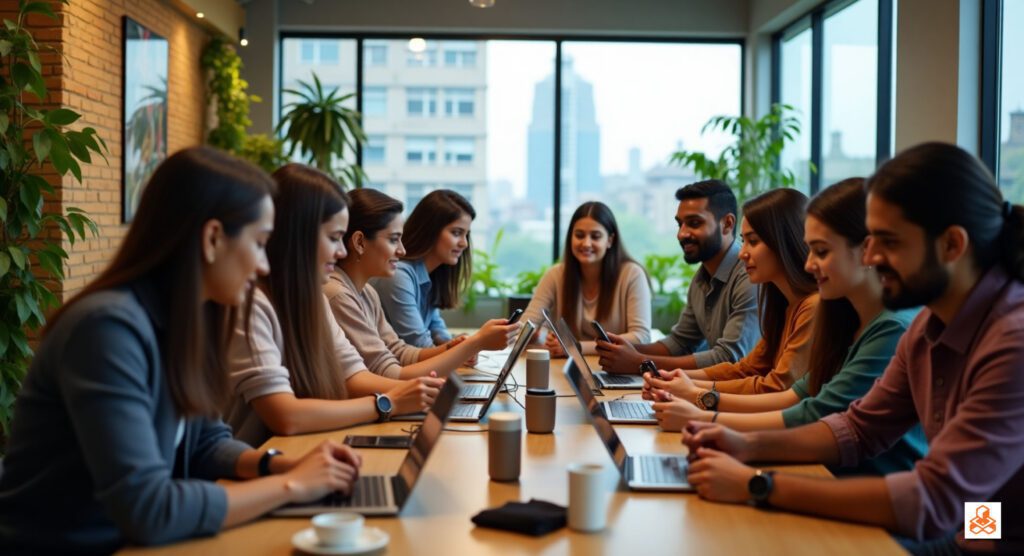
Blockchain secures medical records, ensuring privacy for 40% of Indian healthcare startups (FICCI, 2024). In Hyderabad, patients use platforms like MedRec (free–₹5,000, MedRec, 2025) to control data, reducing breaches.
Actionable Tip: Learn about MedRec at medrec.io.
6. Digital Voting Systems
Blockchain ensures transparent, tamper-proof voting, piloted in Telangana elections (The Hindu, 2024). These systems enhance trust for 70% of digital users, preventing fraud in civic processes (Knight Frank, 2024).
Actionable Tip: Stay updated on voting pilots at eci.gov.in.
7. NFT-Based Digital Ownership
Non-fungible tokens (NFTs) on blockchain let users own digital art or certificates. In Bengaluru, platforms like OpenSea (free to join, OpenSea, 2025) enable artists and students to trade NFTs, tapping into India’s $3 billion creative economy (Economic Times, 2024).
Actionable Tip: Create NFTs at opensea.io.
Blockchain Applications Table 2025
| Application | Cost (₹) | Key Benefits | Impact in India |
|---|---|---|---|
| Digital Payments | Free–5,000 | 80% lower fees, secure transactions | Powers UPI, Digital Rupee |
| Digital Identity | Free–10,000 | Fraud-proof KYC, privacy | Secures 60.1% digital users |
| Supply Chain | 10,000/month | Transparent product tracking | Authenticates $1T e-commerce goods |
| P2P Lending | Free–5,000 | 50% cheaper loans | Boosts 63M MSMEs |
| Healthcare Records | Free–5,000 | Secure, patient-controlled data | Protects medical privacy |
Benefits of Blockchain for Everyday Users
- Security: Reduces fraud risks for 23,158 cyber incidents (CNBC TV18, 2024).
- Cost Savings: Cuts transaction fees by 50–80% in payments and lending (NPCI, 2024).
- Transparency: Ensures trust in supply chains and voting for 70% of users (Knight Frank, 2024).
- Accessibility: Empowers 63 million MSMEs with decentralized tools (MSME Ministry, 2024).
Actionable Tip: Start with a CoinDCX wallet for secure, low-cost payments.

